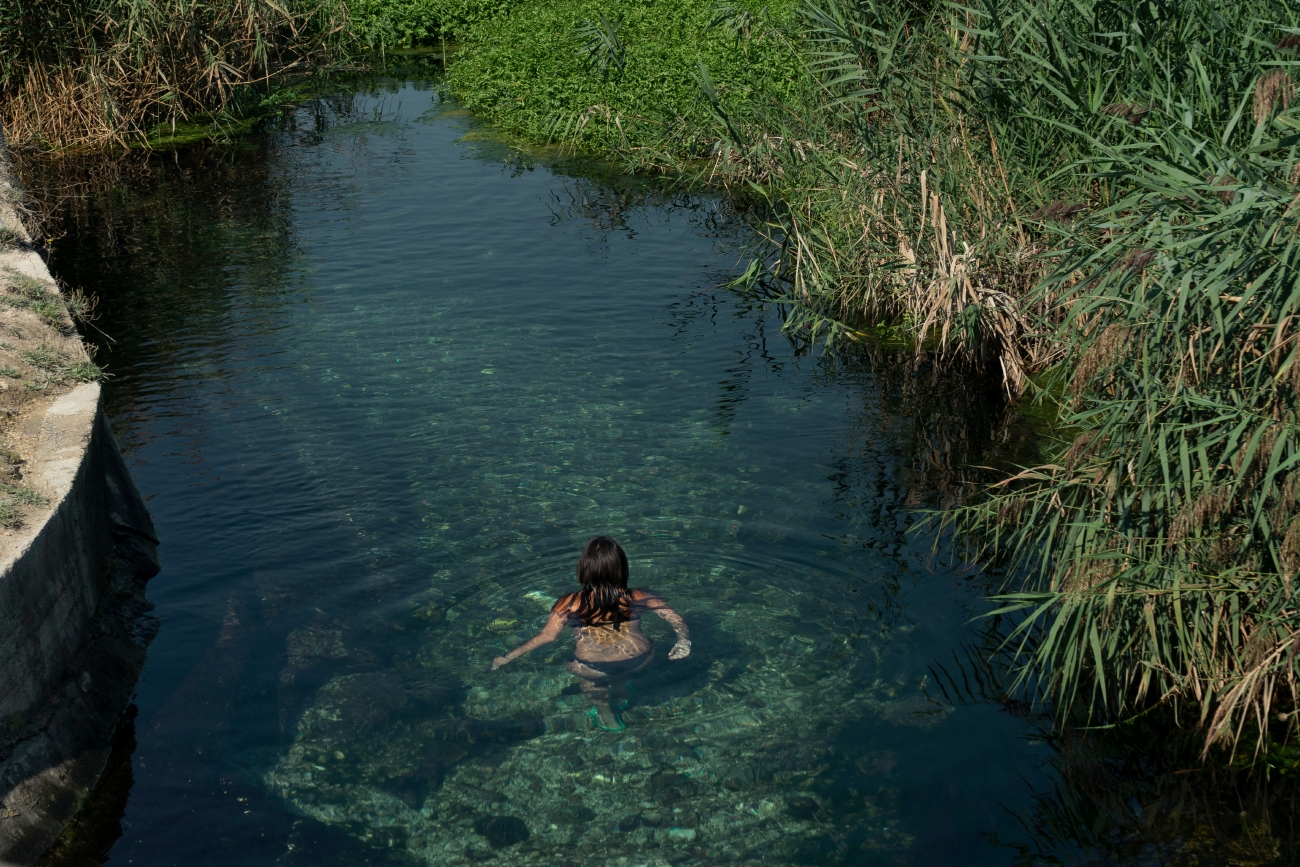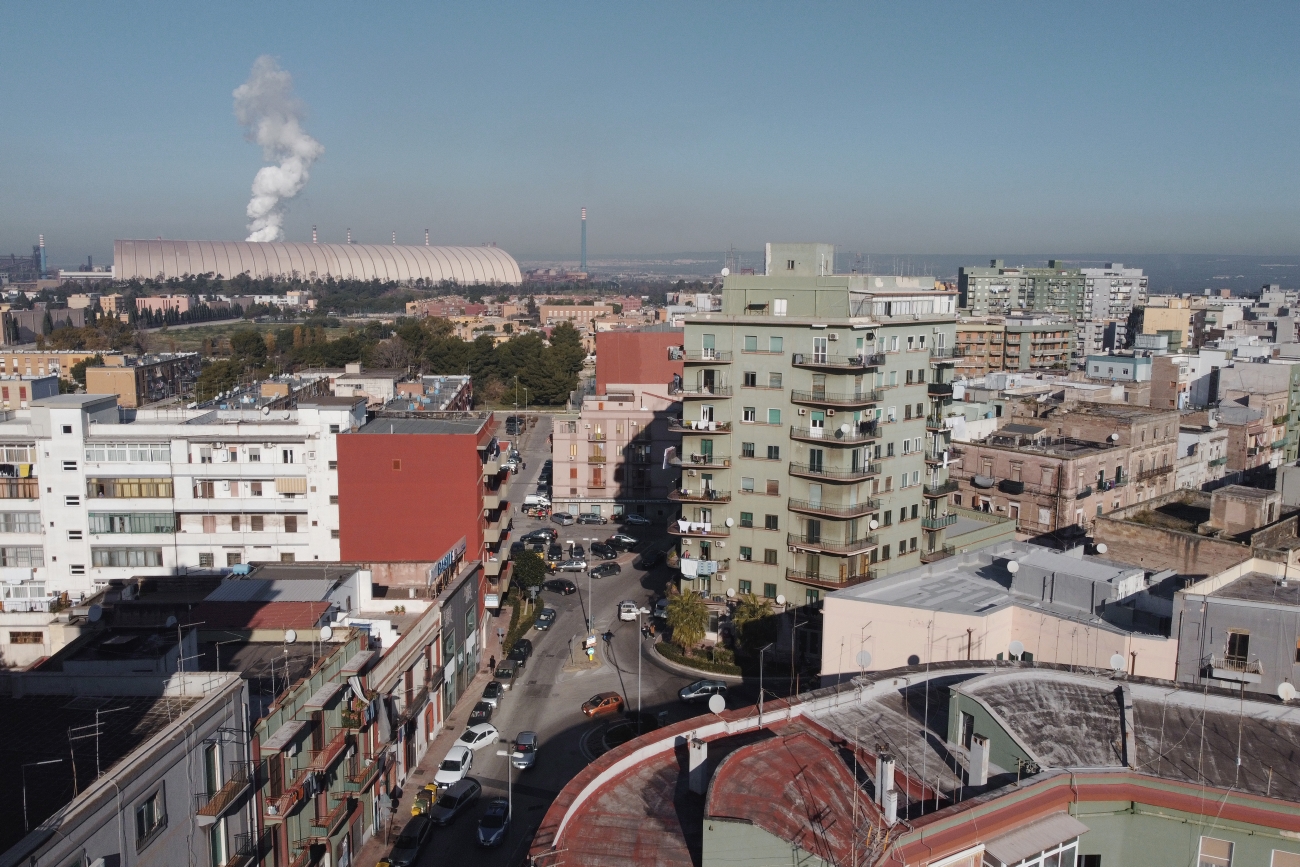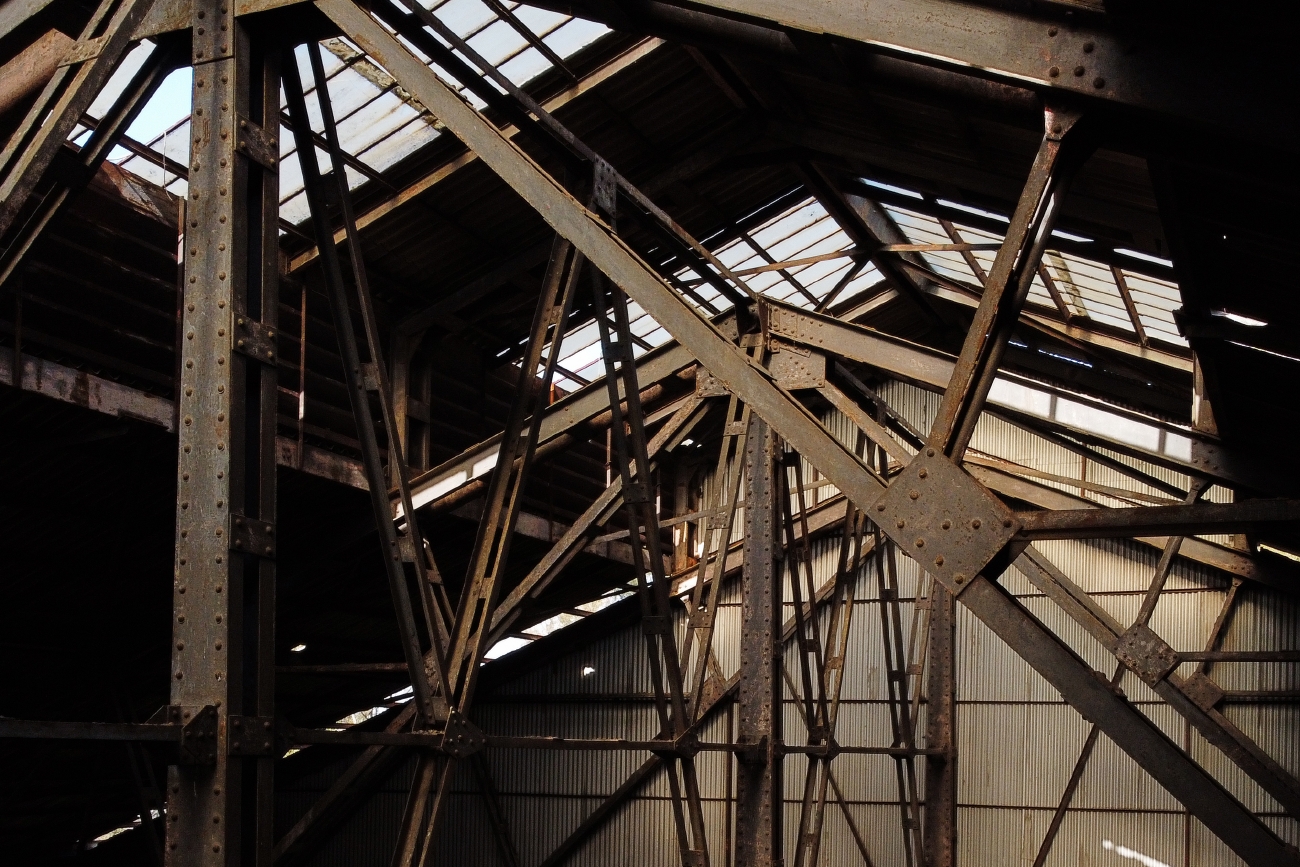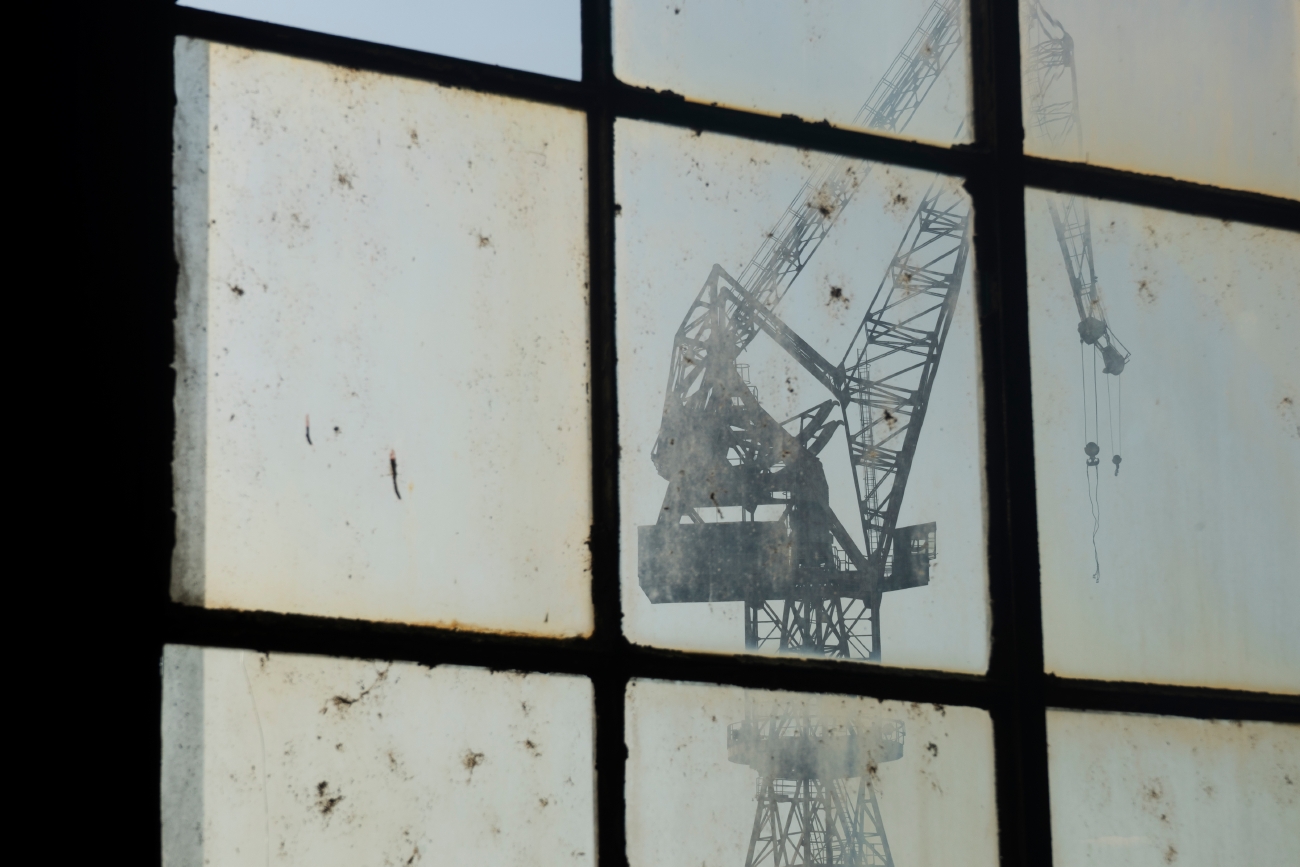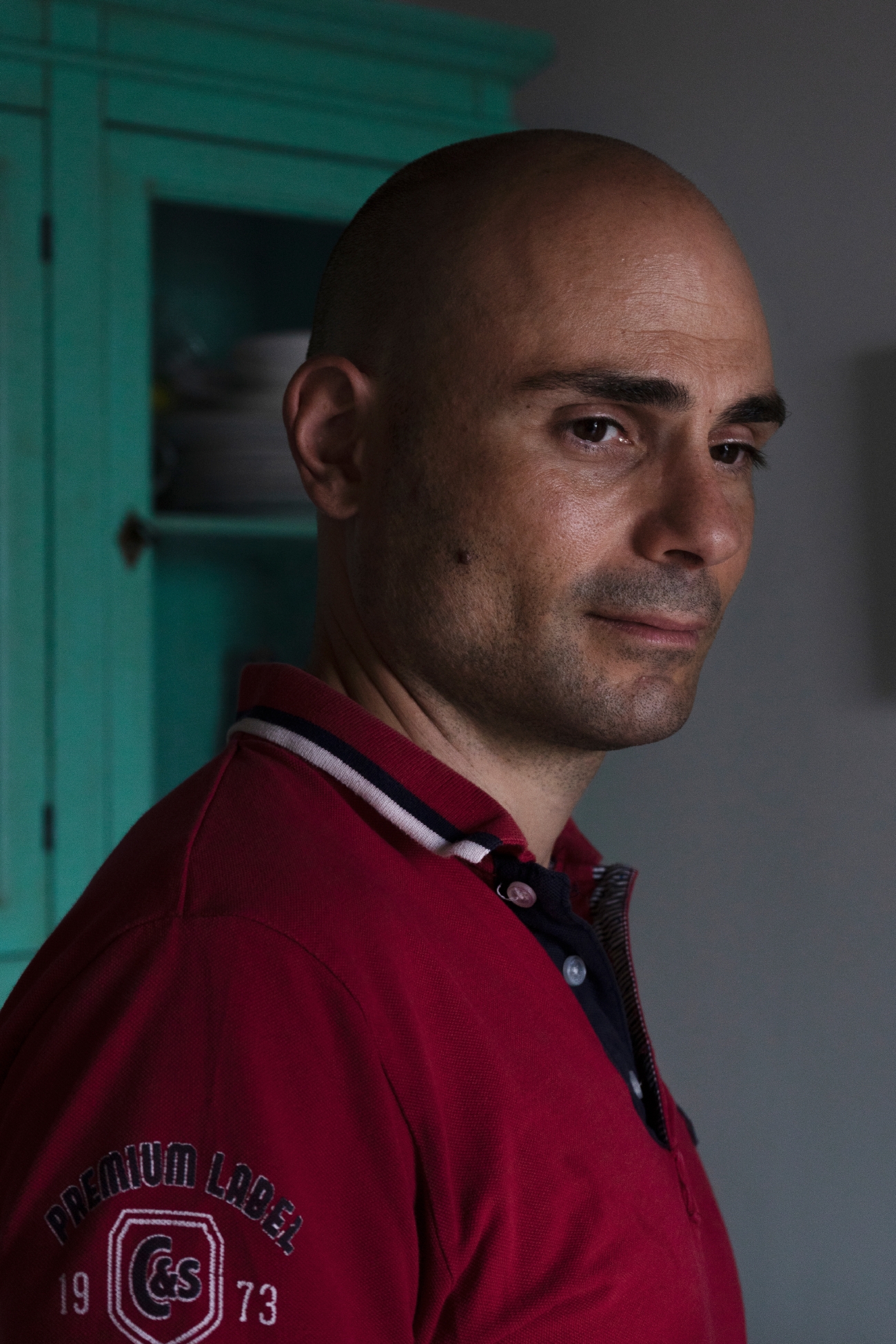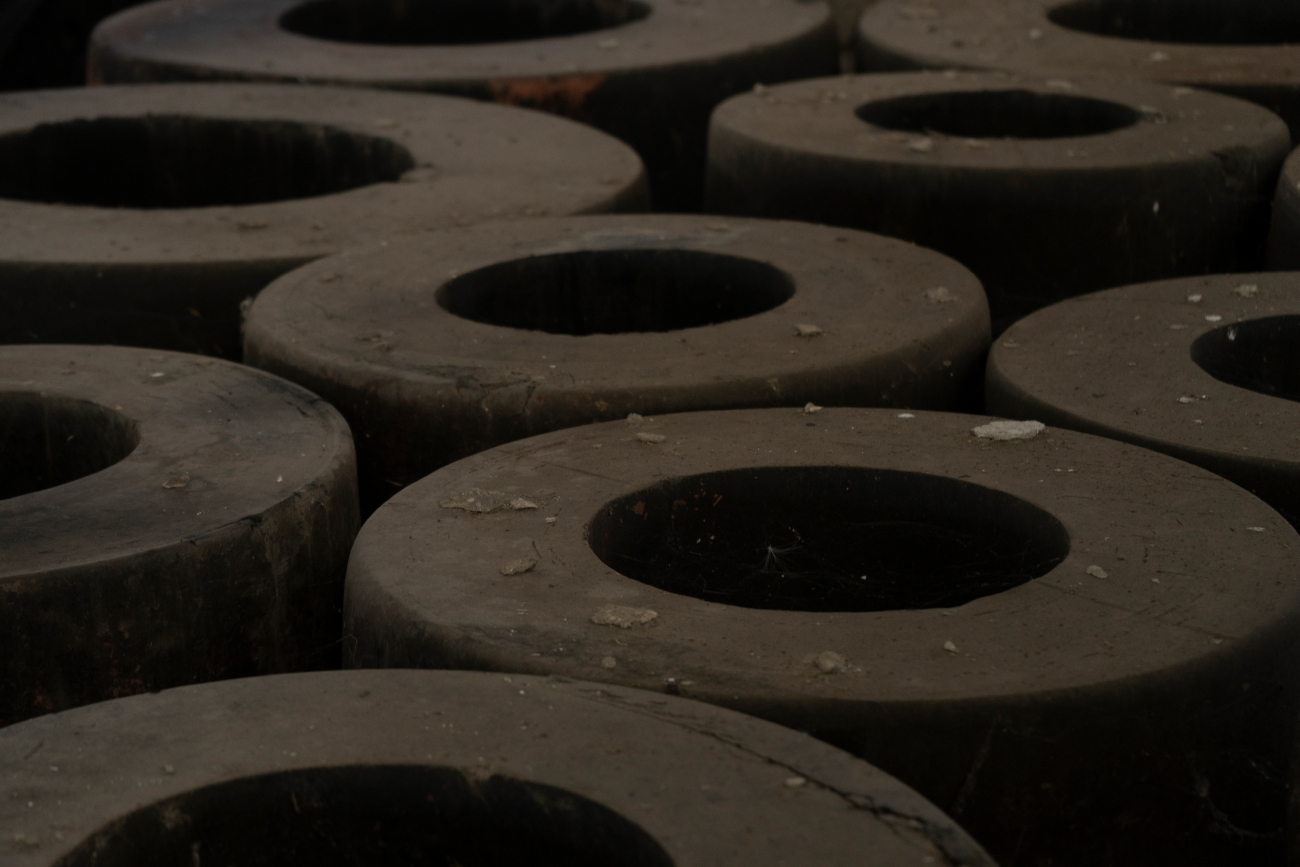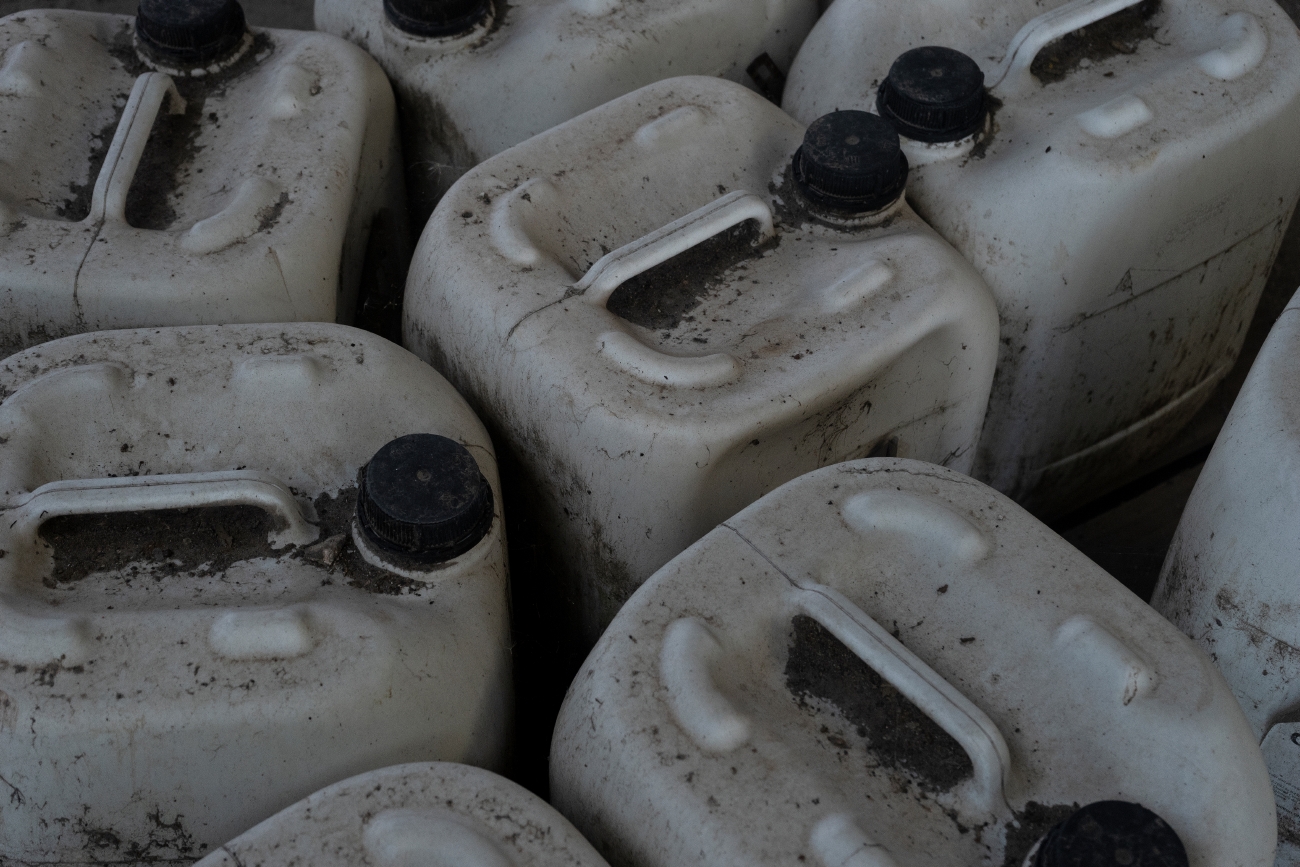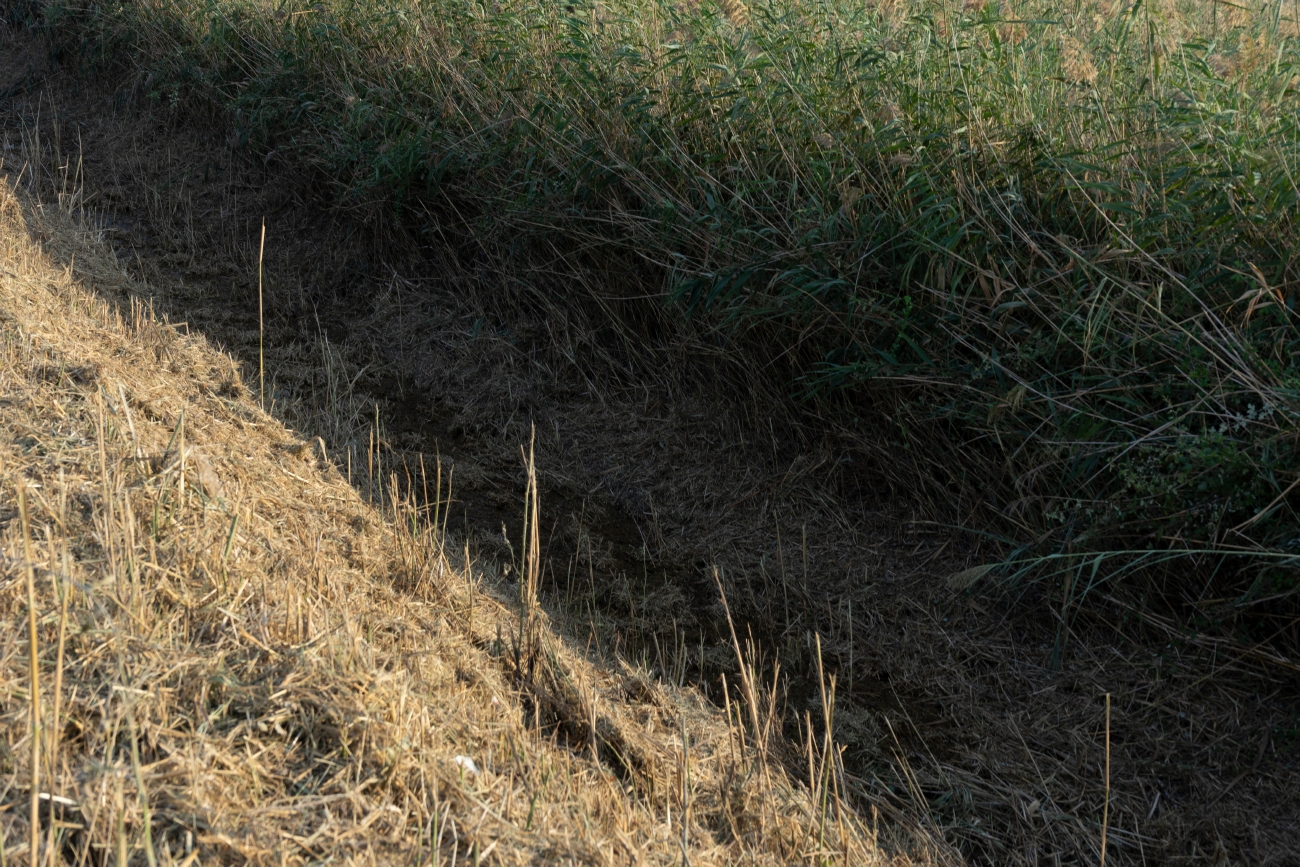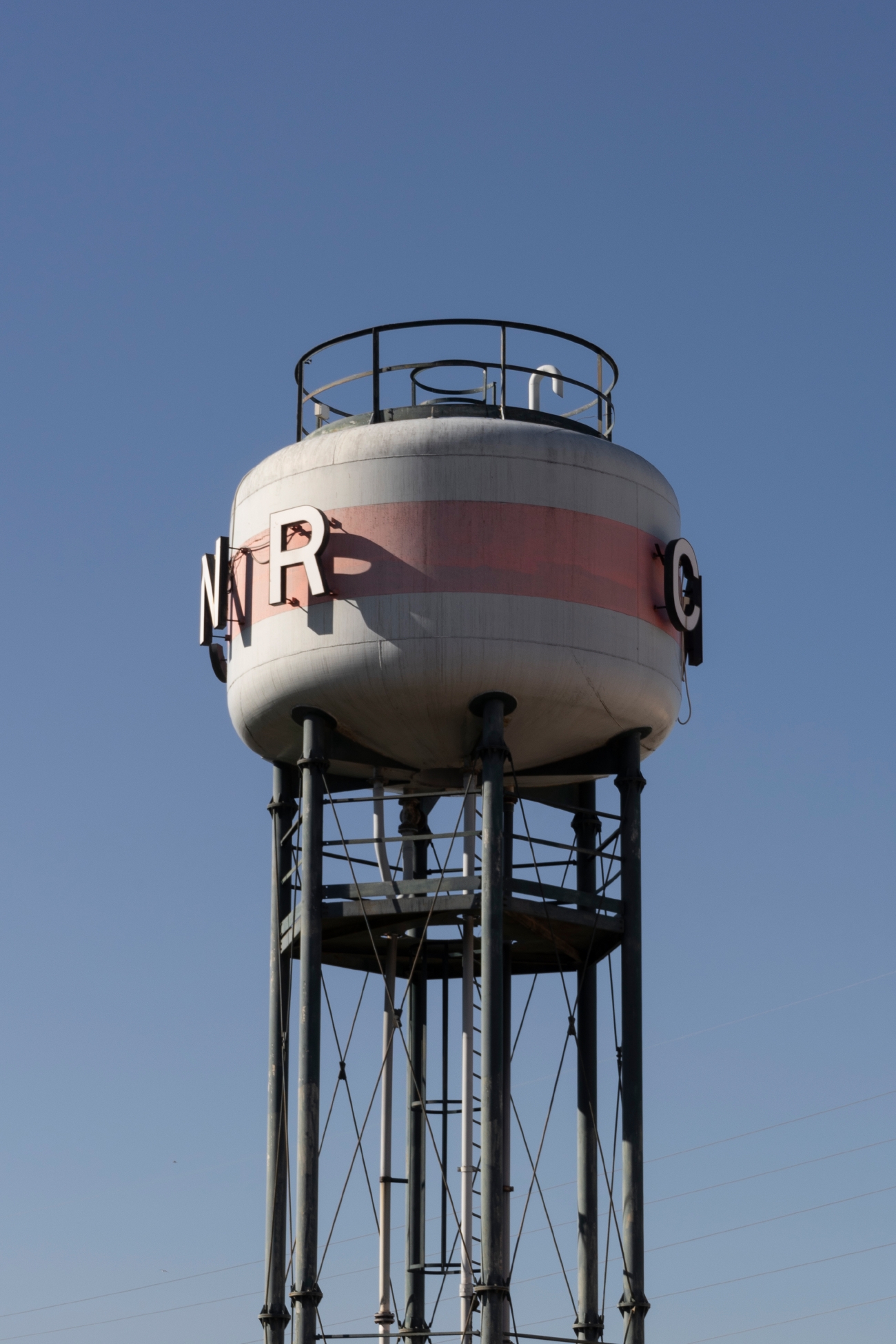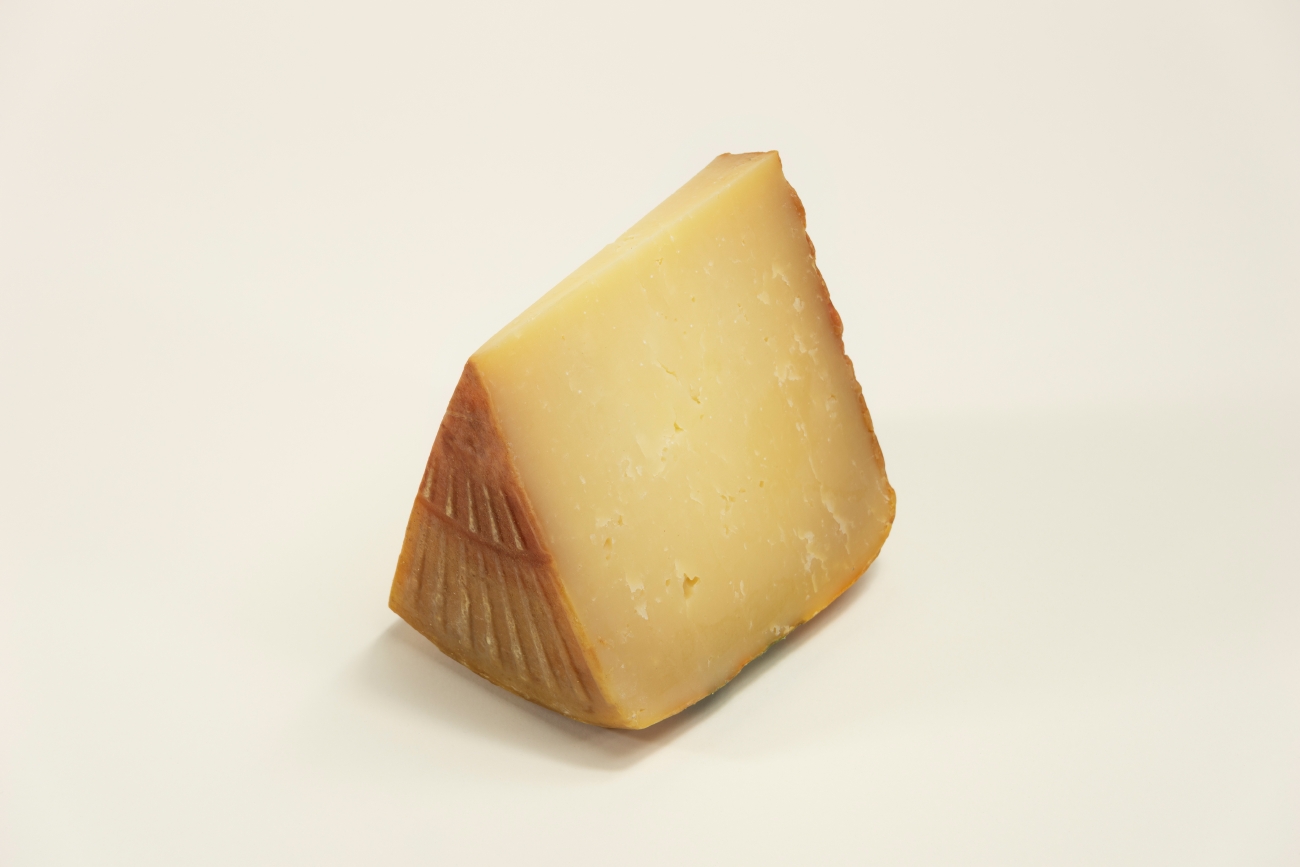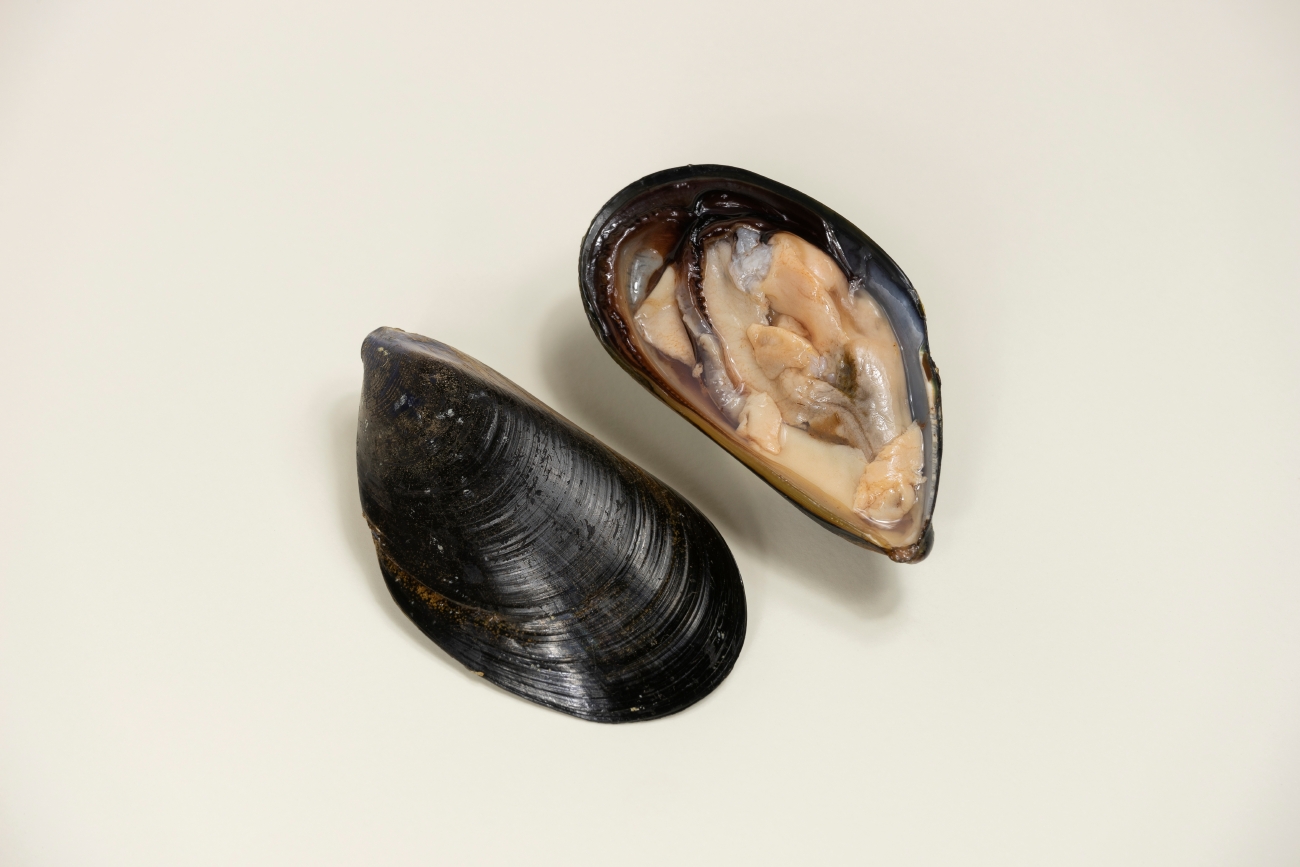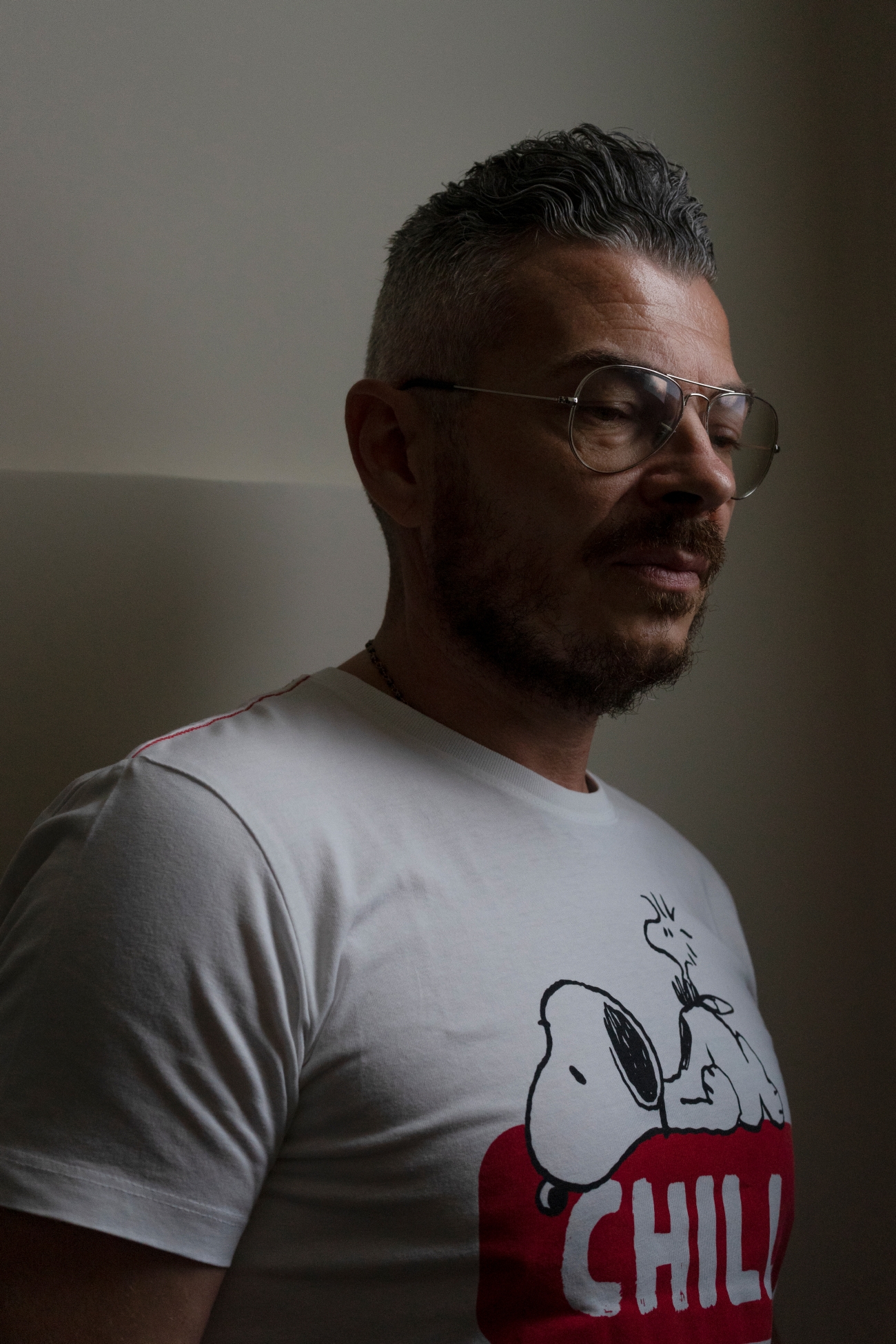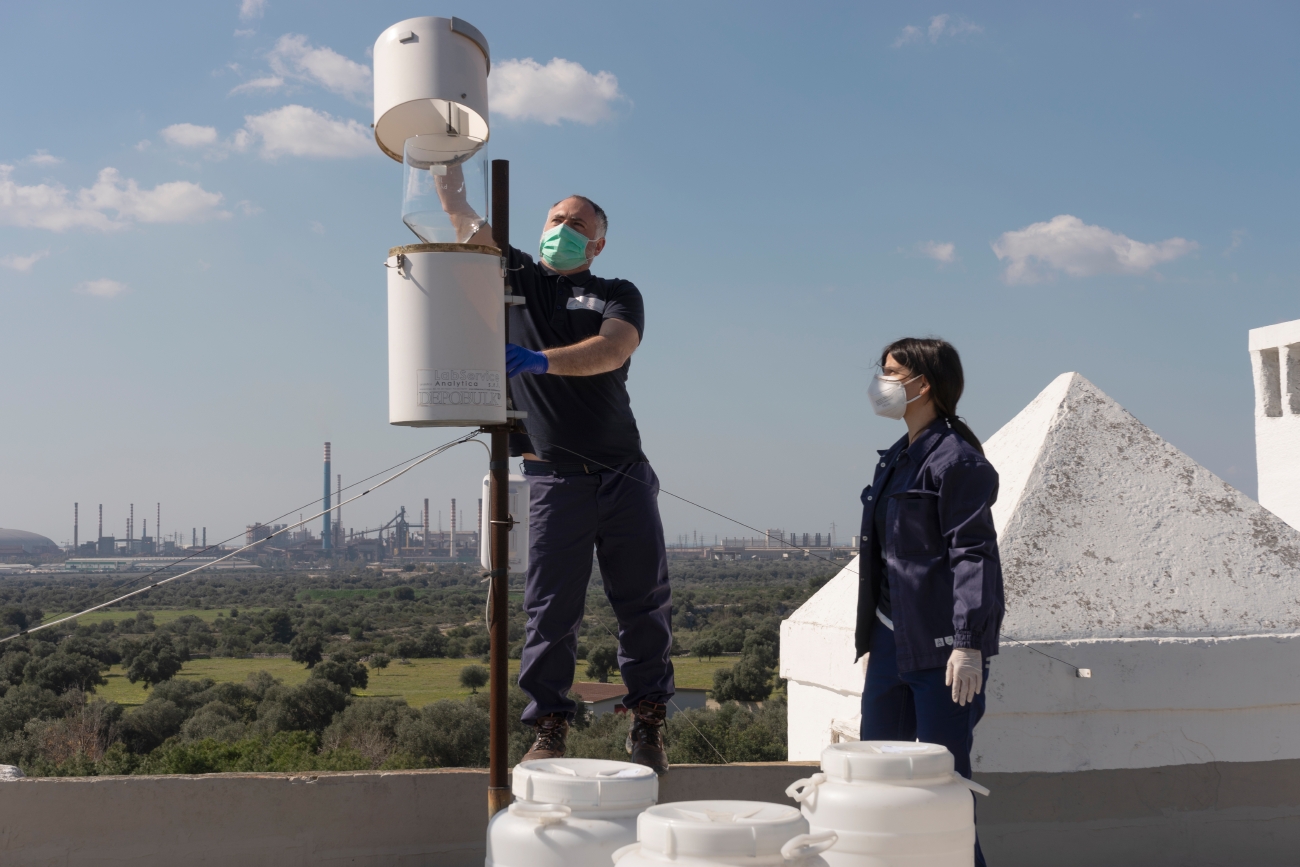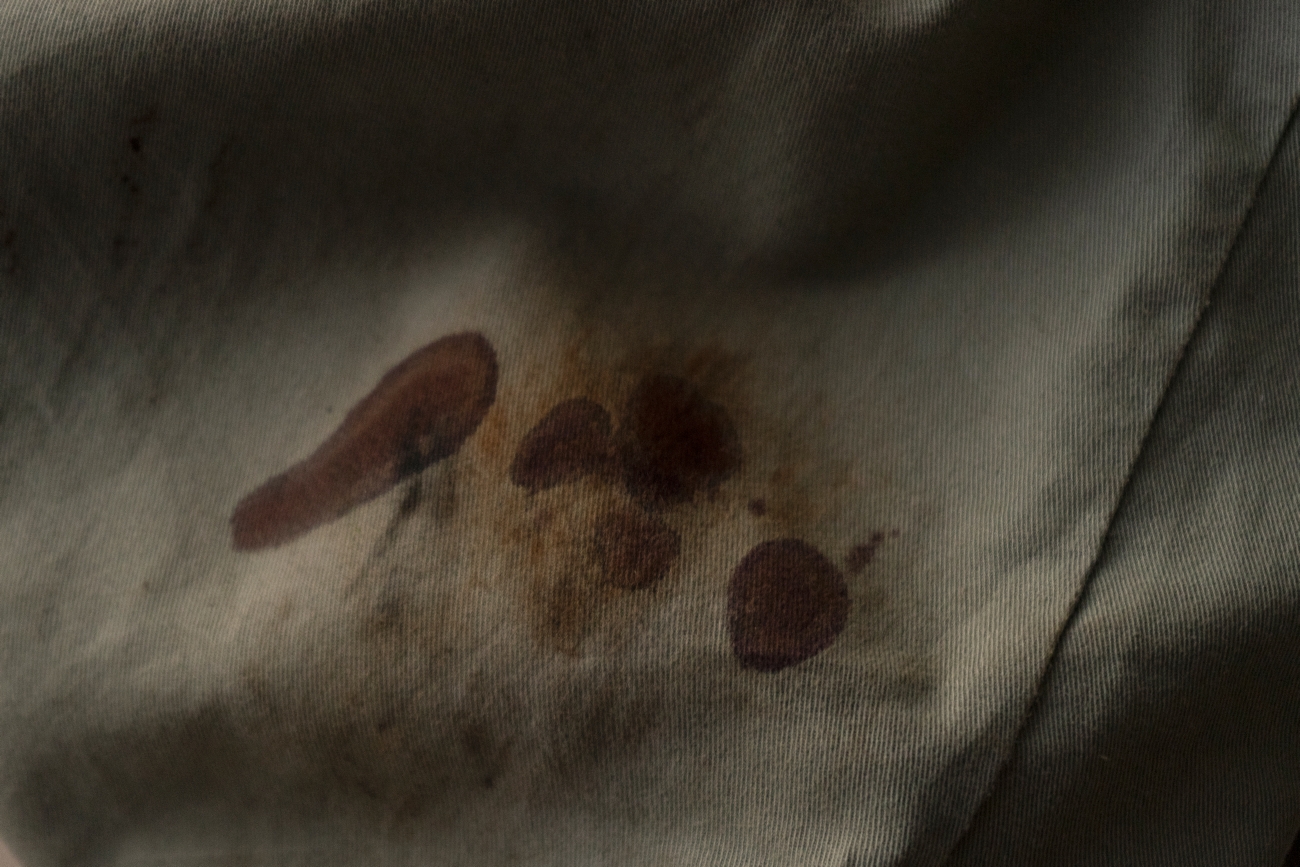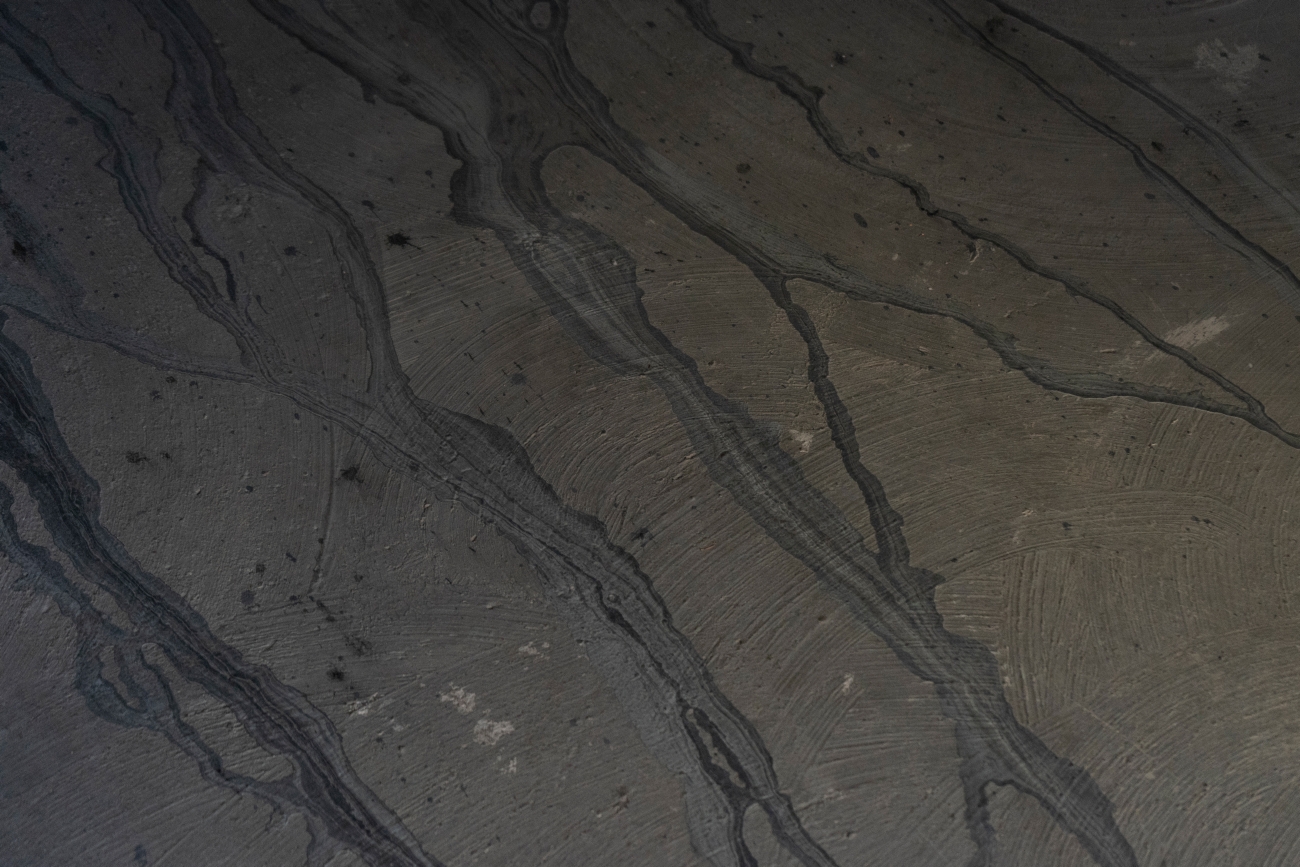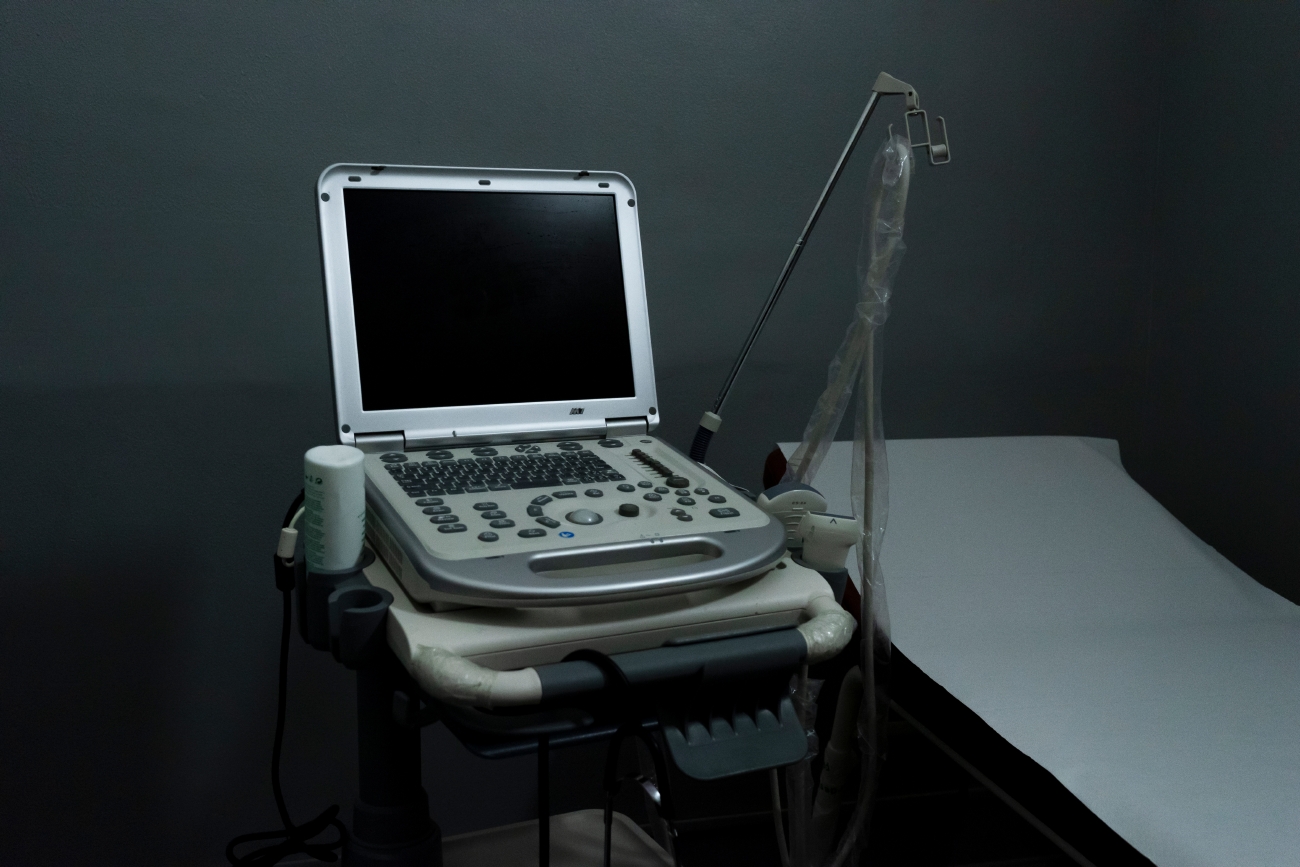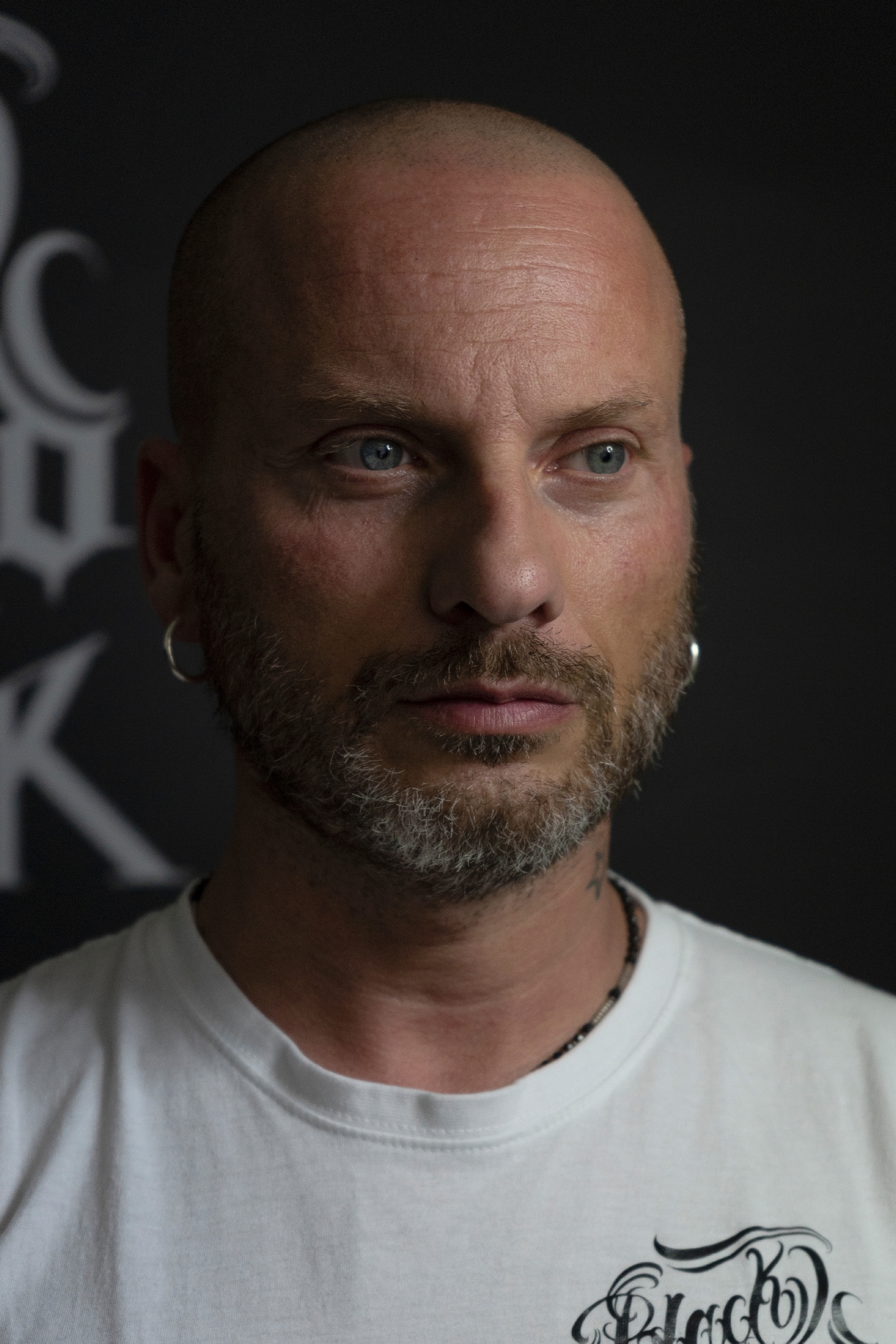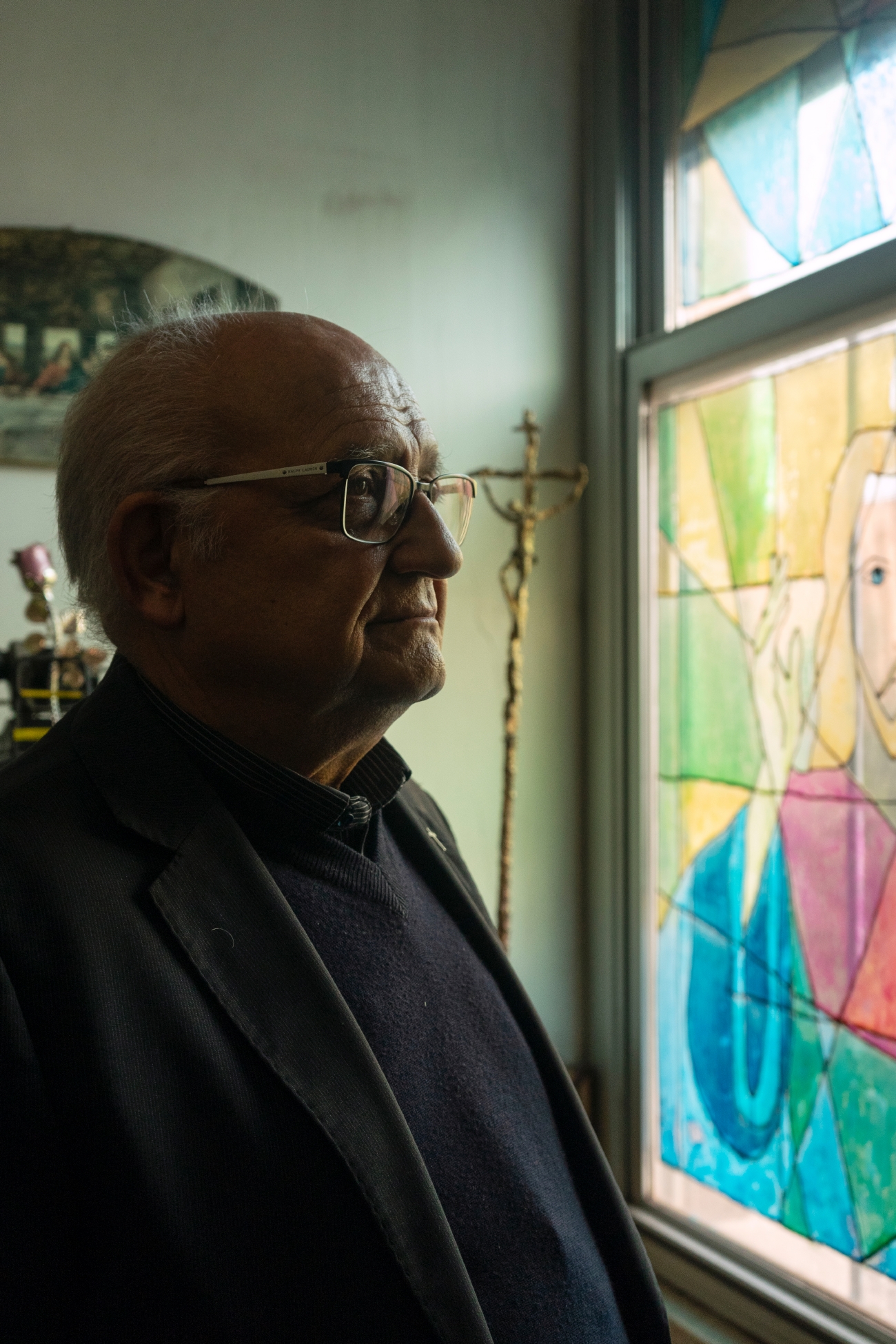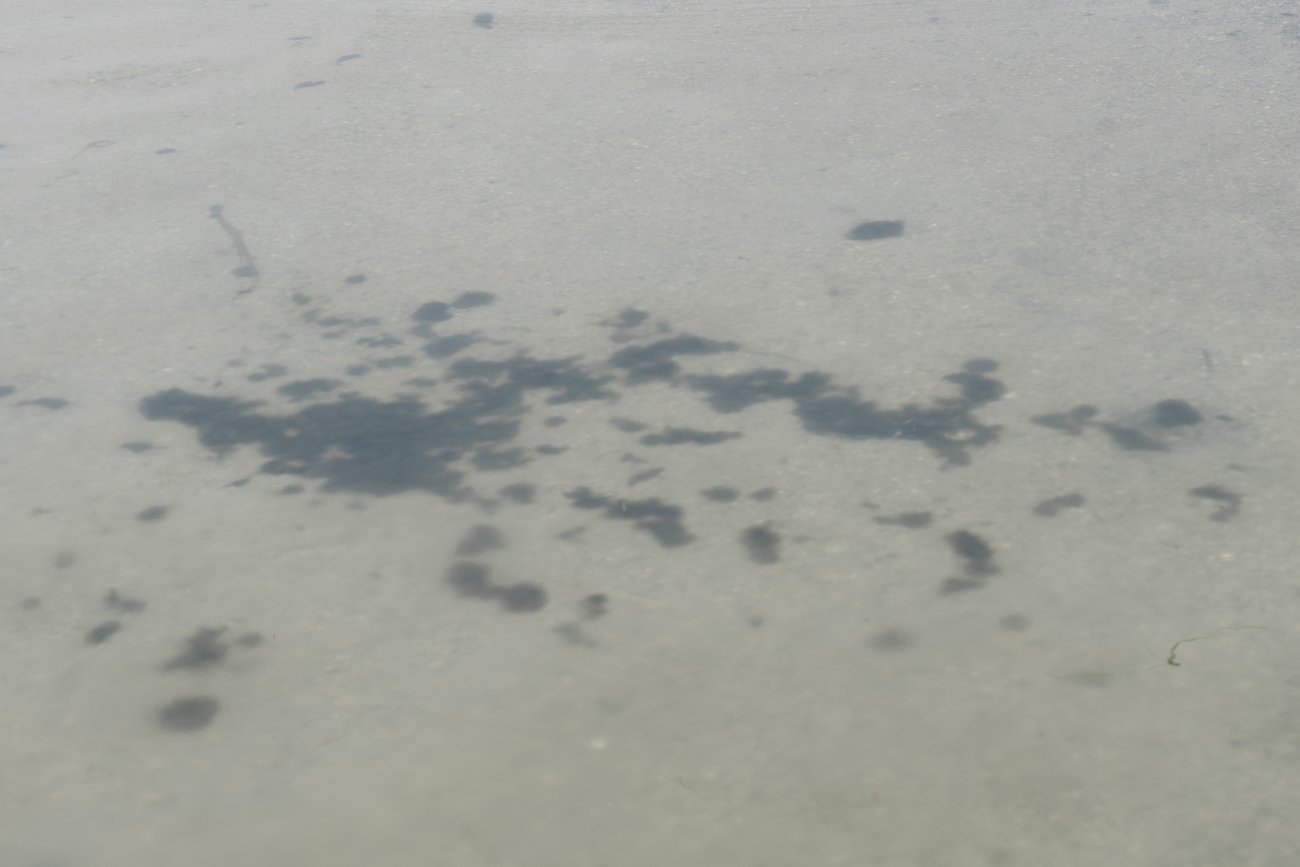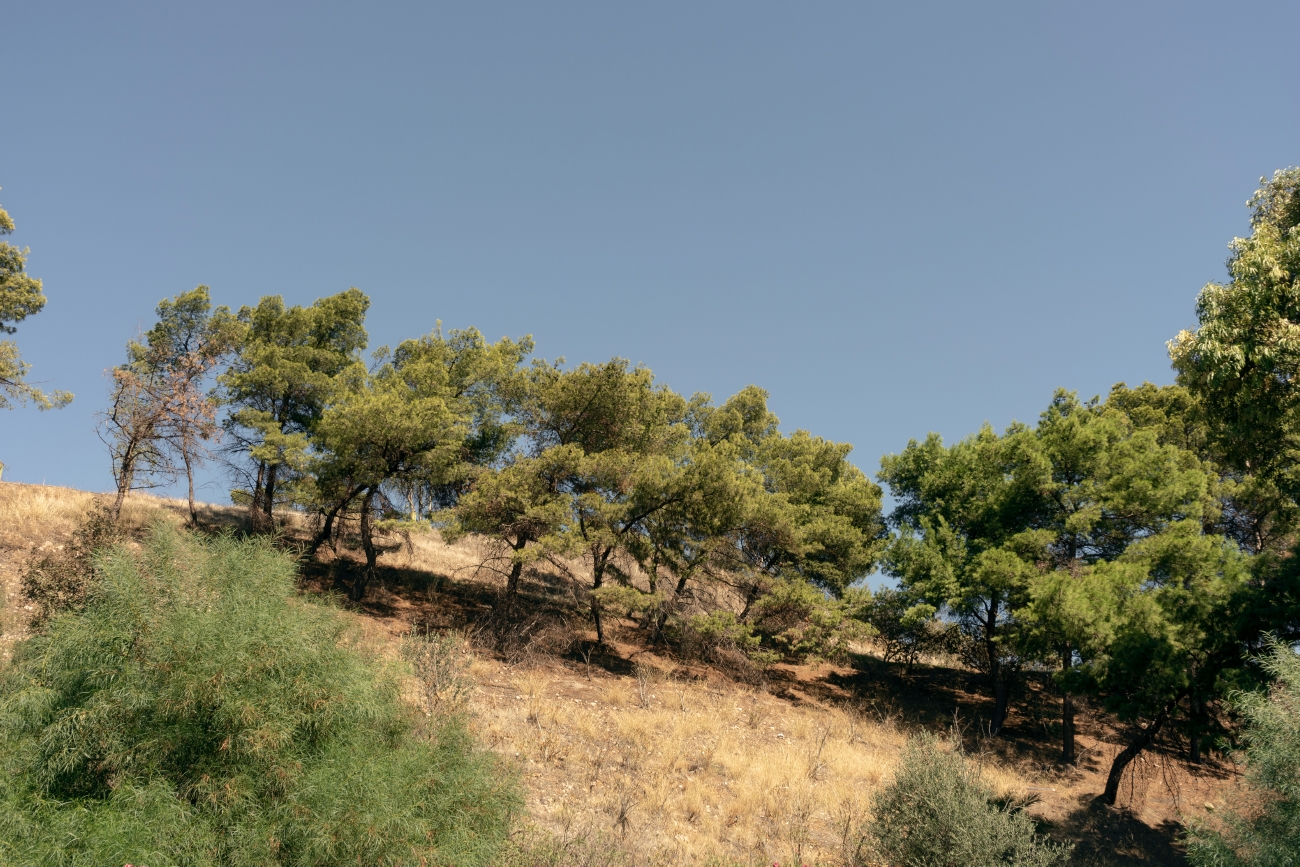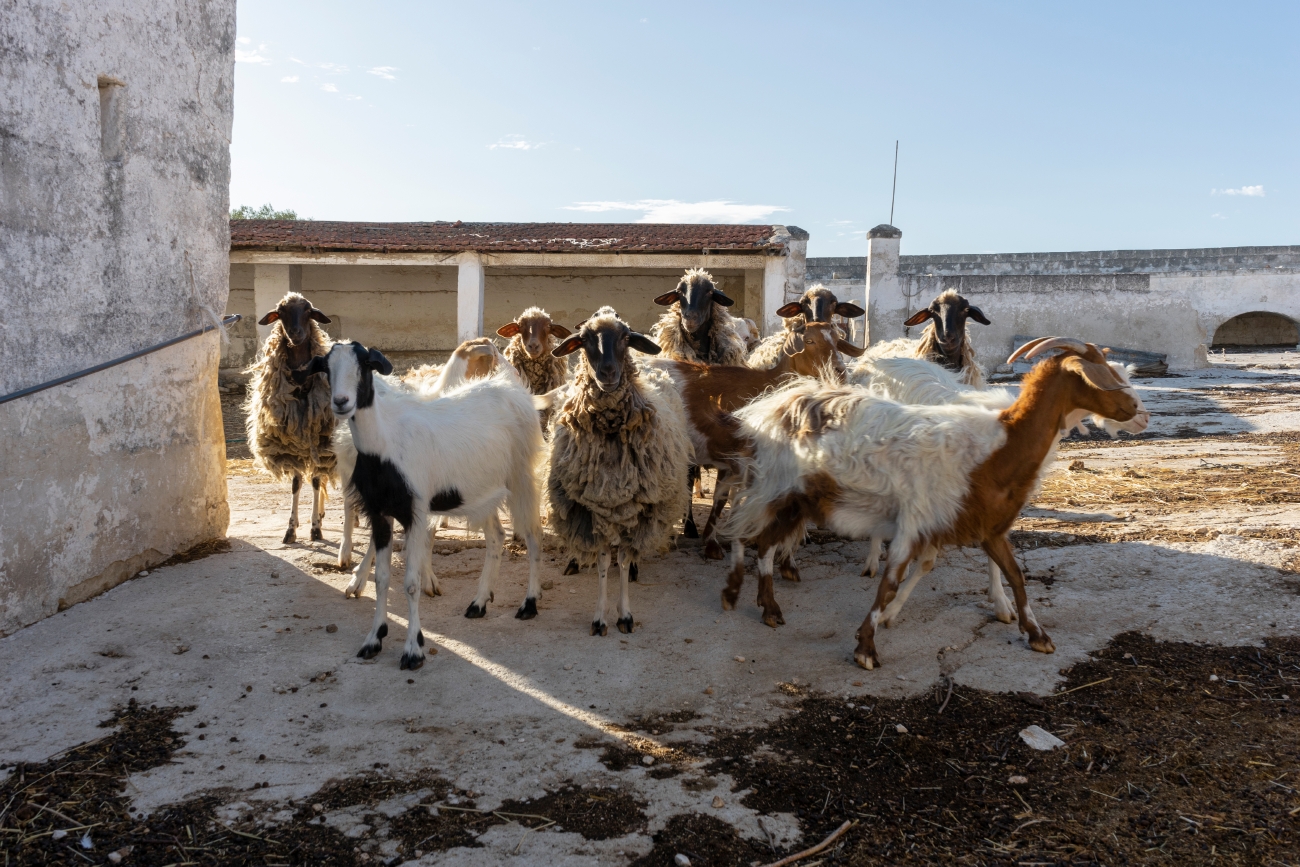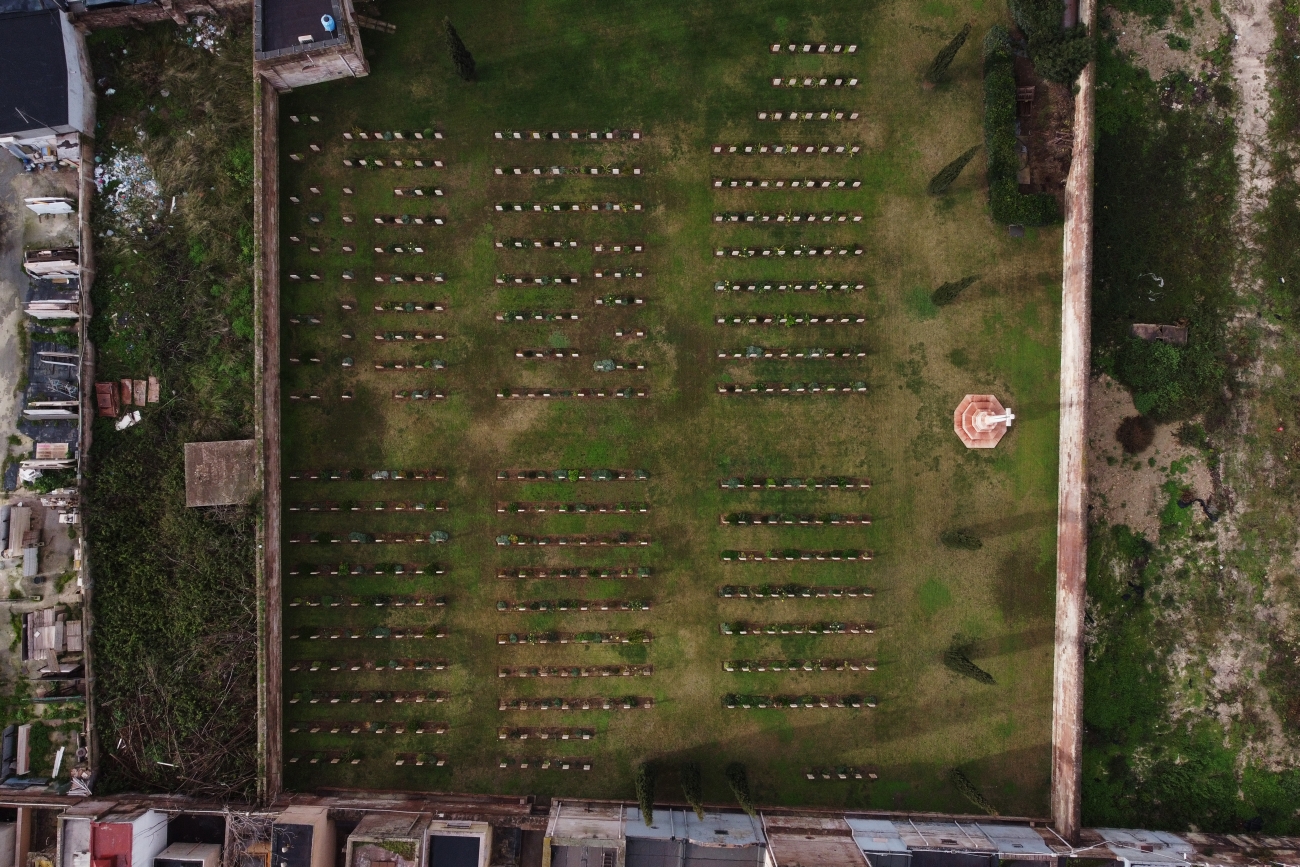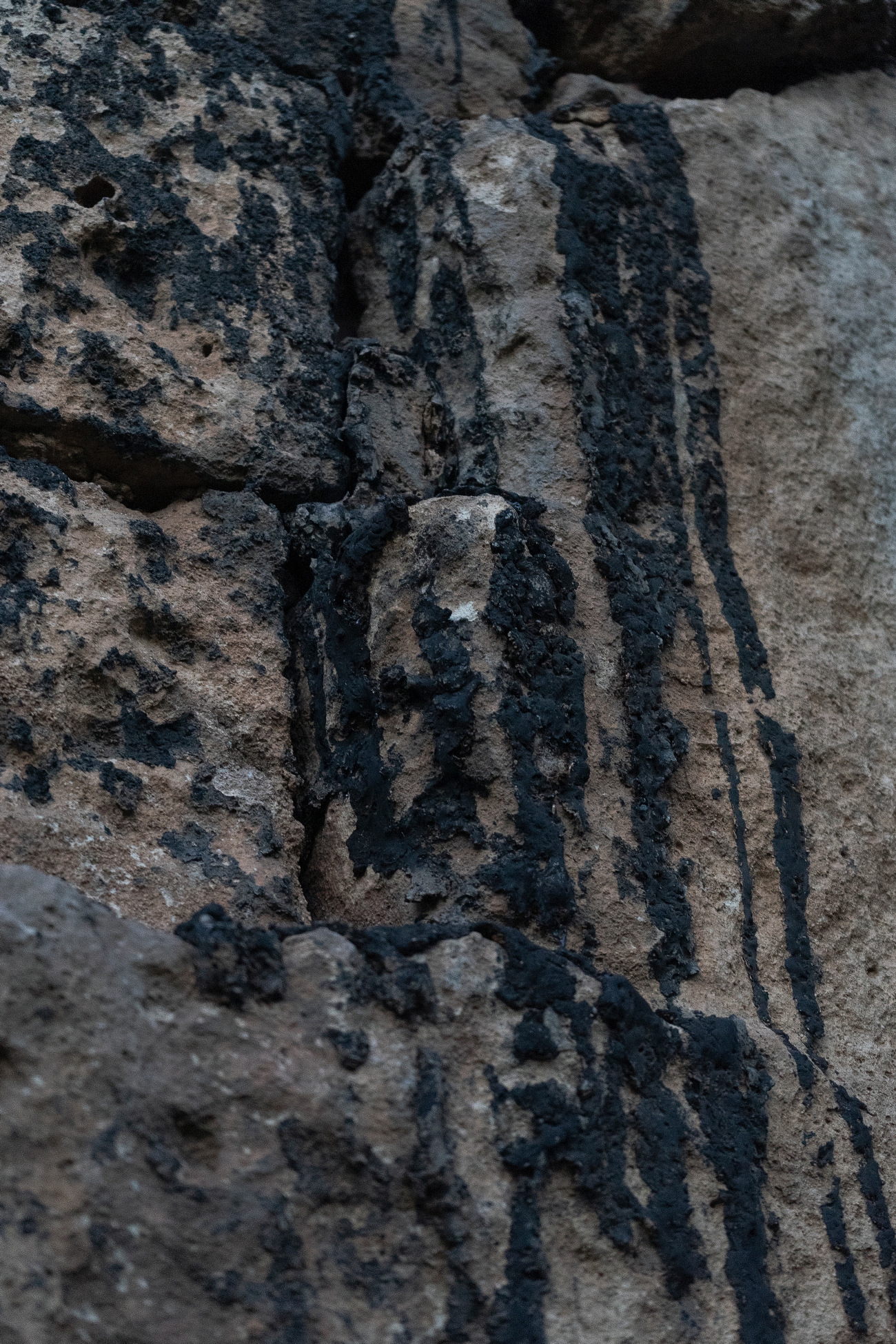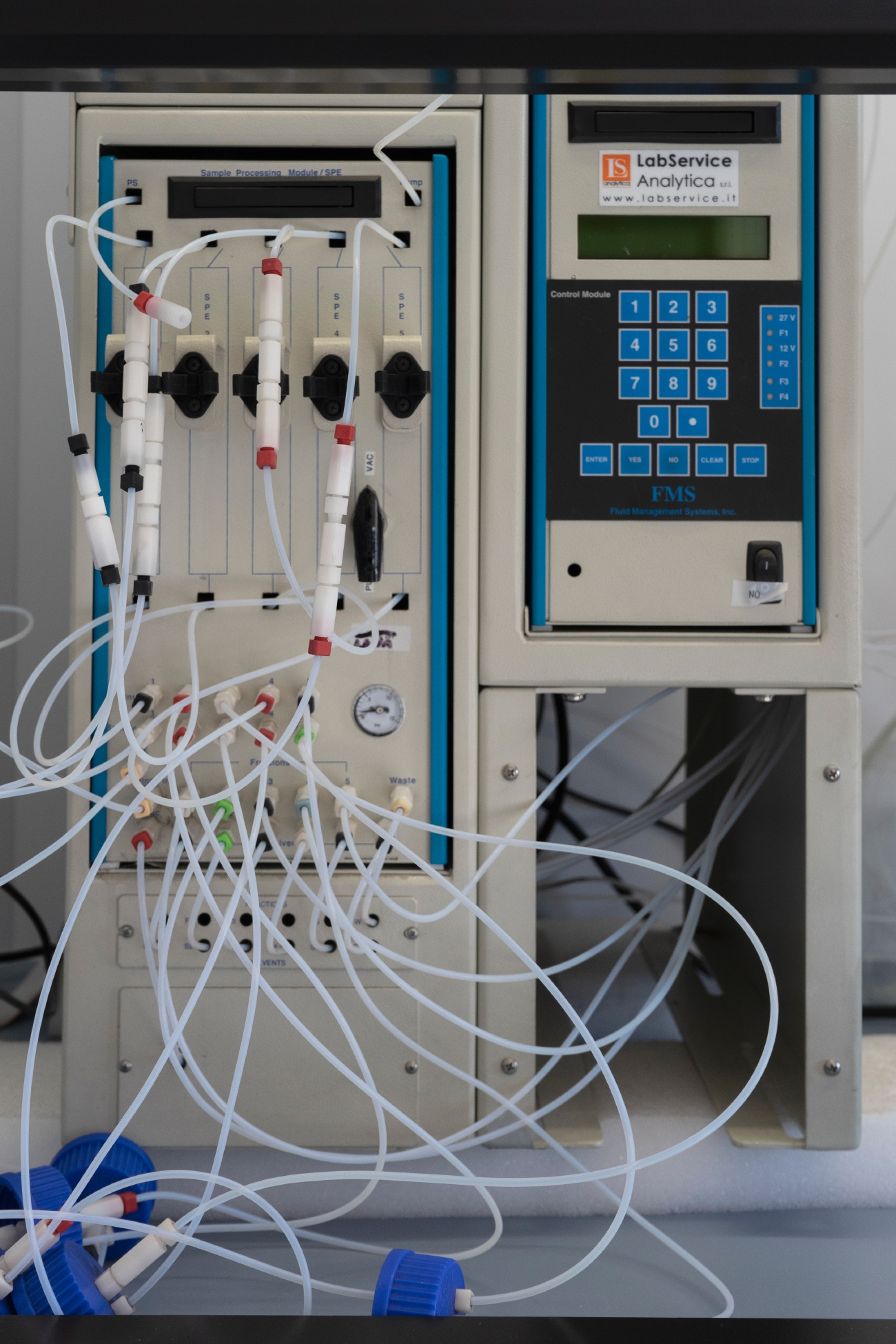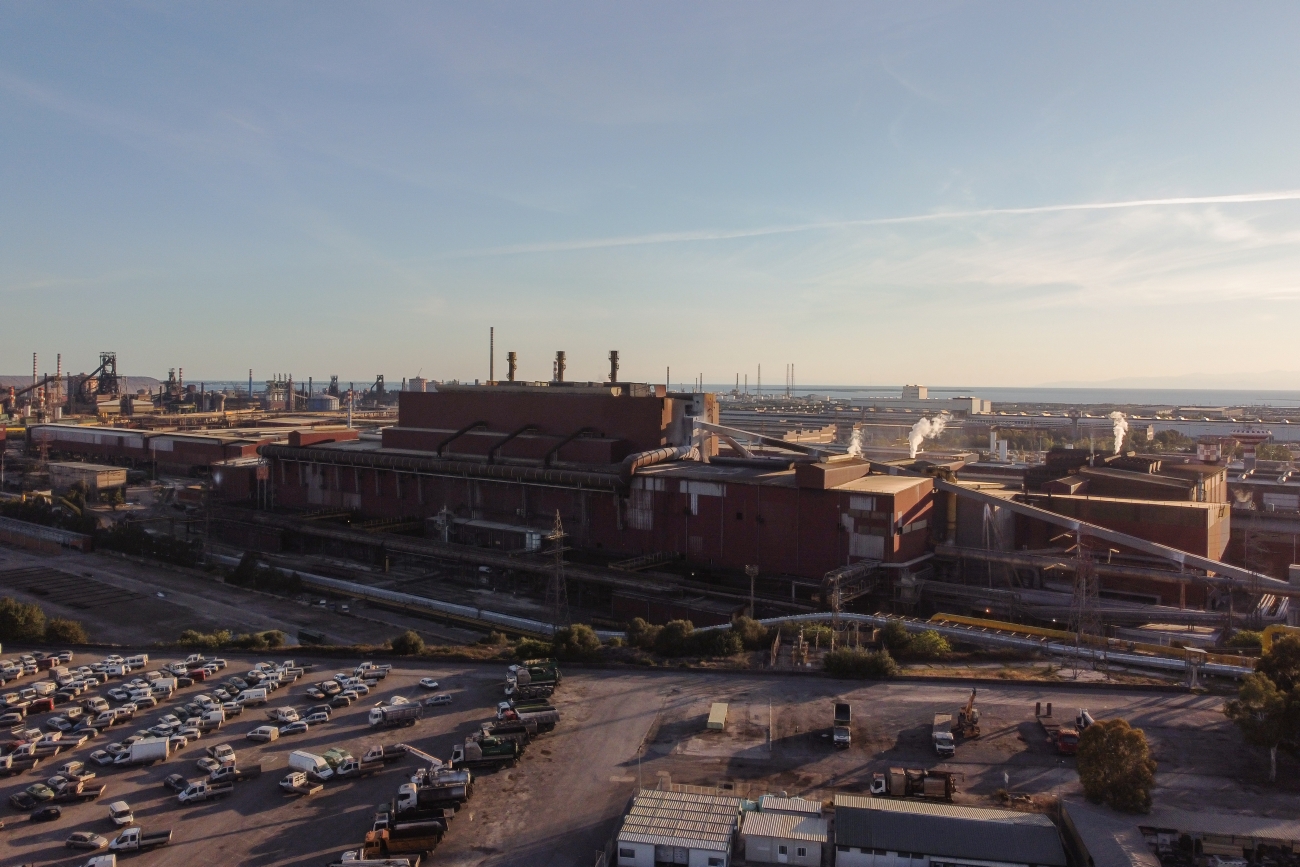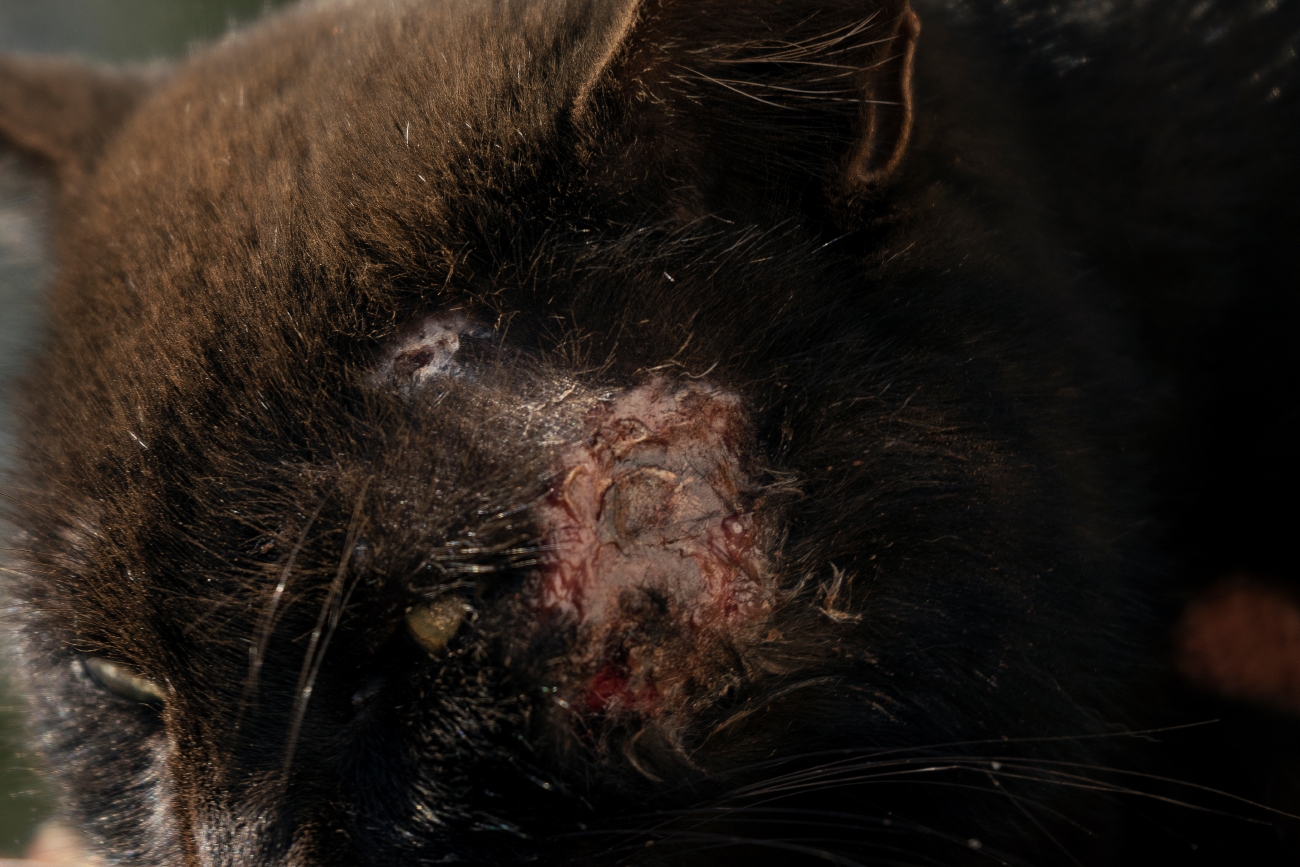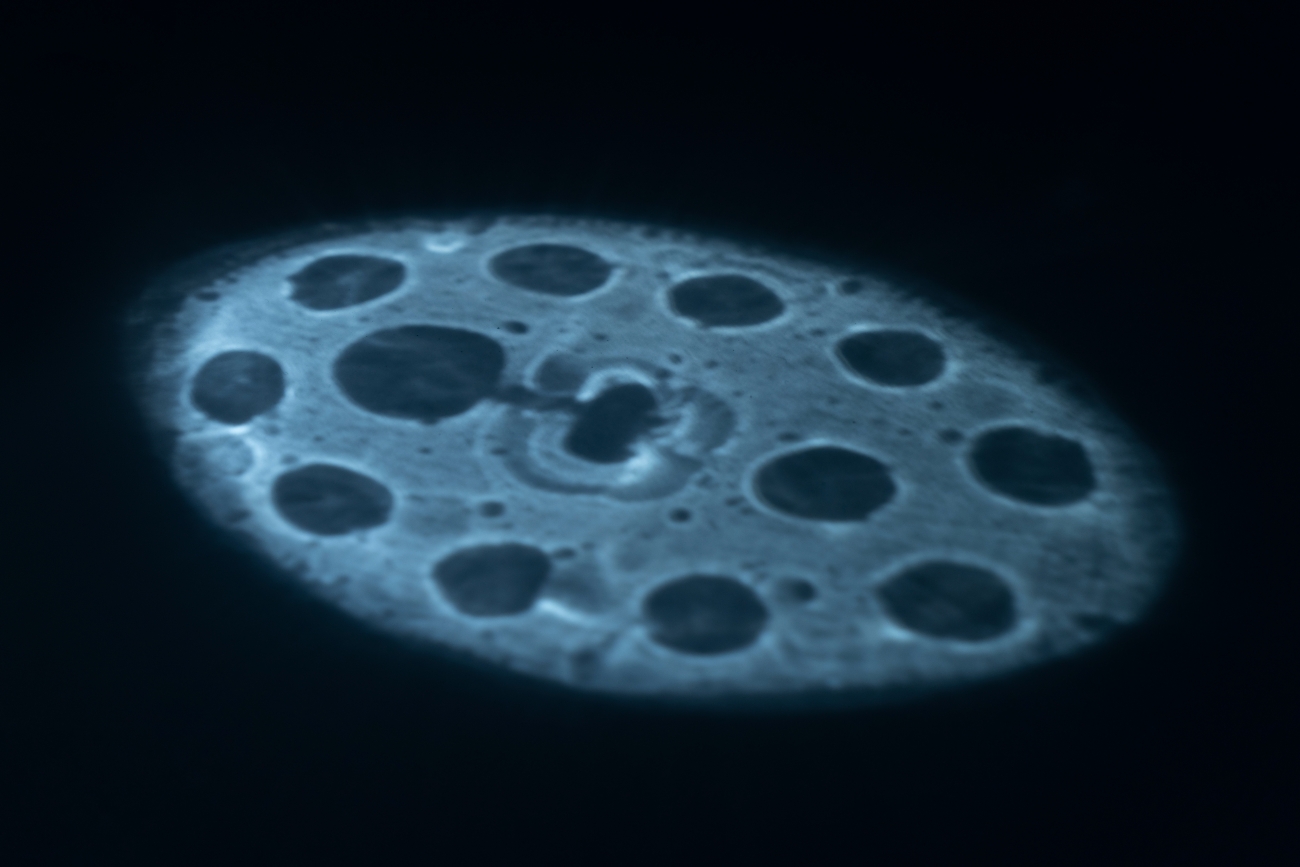Taras
In 60 years, Europe’s largest steel mill has brought jobs, pollution and death
Photo by Valentina Spagnulo
On April 10, 1965, Europe’s largest steel mill opened in Taranto in southern Italy. At the time, the country was in the midst of an economic boom and in its the southern regions, which had more traditional economies, there was finally enthusiasm and an air of progress. The Italsider company, which later became Ilva, represented modernity and industrial development, and nobody was worried about pollution. Some people even thought, that by absorbing the factory’s poisons on a daily basis, they would gradually become immune. They were wrong: in its nearly 60 years of existence, the steel plant has contaminated soil, air and groundwater, brought sickness and death to workers and local residents, and forced farmers and animal breeders out of work as the dioxon levels in their products are too high.
The history of the former Ilva site is long and complex, and it is the subject of a trial that so far has seen 26 executives, managers and politicians receive sentences. Today, the “new” Ilva is run by Acciaierie d’Italia, a joint stock company that is partly public (38%) and partly owned by the giant ArcelorMittal (62%), and it produced 3.1 million tons of steel in 2022.
With “Taras,” young photographer Valentina Spagnulo wanted to chronicle the consequences and impact of the steel plant on the local population, area and economy. Valentina, who dedicated two years to this project, was born and raised in Grottaglie, a town 12 miles from the former Ilva site. Taras is the name of the Greek city-state that later became Taranto, “and just as in the third century B.C. the city was sold out by the Greeks to the Romans,” Valentina explains, “so we have sold it out to an economy that has been damaging it for 60 years.
(2023)
